Becoming a ship captain involves lots of sacrifices in time, money, and effort. The process is challenging because the job of commanding a vessel is serious.
Due to that responsibility, the master of a ship is compensated greatly compared to other crew.
A ship captain in the Philippines sailing on international vessels is one of the highest-paid workers.
Aside from that, he enjoys other perks too. Companies or charters give him free phone call vouchers, free internet, a nice big cabin, and many other things.
Moreover, he gets to sail the world for free and use his income to explore the best cities his vessel calls to.
That’s one of the many reasons why many seafarers aim to become ship captains.
What is a Ship Captain
A ship captain is the highest-ranking officer in a merchant vessel. Since a ship has a world of its own, a ship captain is the president of that small world.
He is called by many names on board like Captain, Master, or Old Man.
The captain of the ship stands at the top of the shipboard organization.
He has the overall responsibility for everything that happens in the vessel. Thus, he must very well know his ship and his crew.
Whenever accidents happen, the “Old Man” is presumably held liable until further investigation frees him.
What Does a Ship Captain Do?
A ship master’s main job description can be summarized into one statement and that is being the overall command of the vessel and personnel on board.
But since he can’t do it alone, he delegates many of the tasks to other officers. He can then focus on his everyday job which is mostly correspondence.
He’s always reading, writing, and sending emails in his office.
Being the highest in command, he gets to do everything he likes within the bounds of law, of course. He can steer the ship like a helmsman or make holidays on Mondays.
Sometimes, he goes around the vessel looking for safety-related issues or jobs that need to be done.
No, he does not own the ship. But he is the owner’s representative so everything he does is to the satisfaction of the owner.
He sends reports to various parties like the charterers, ship owners, operators, technicians, and port authorities.
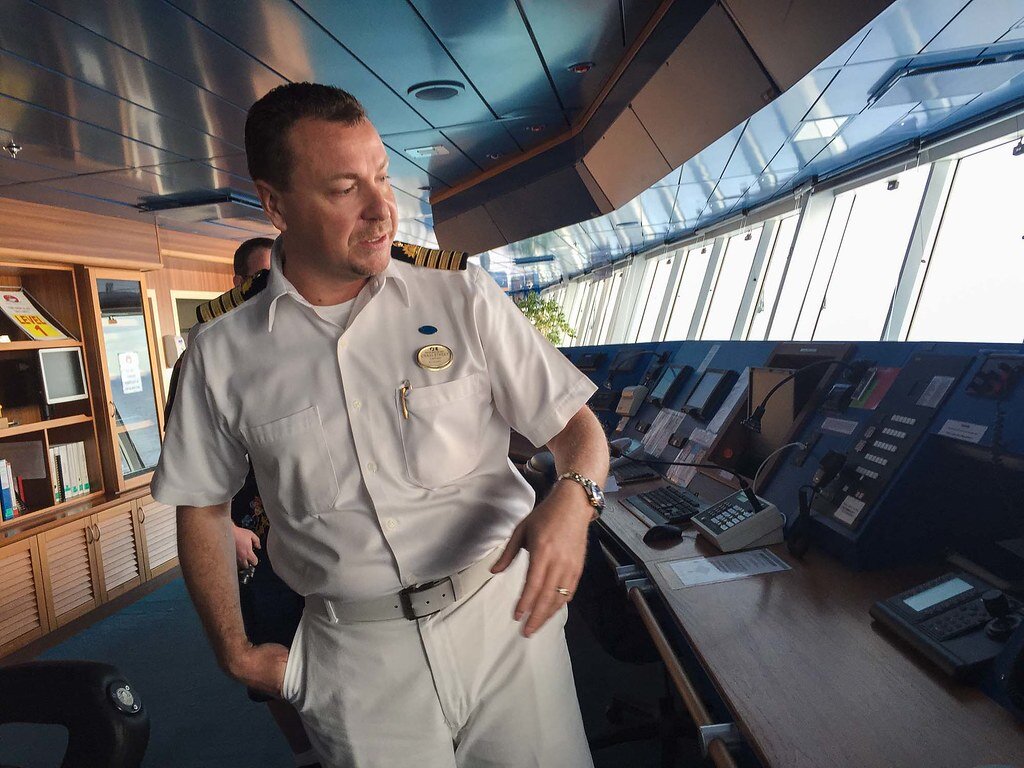
Management Level
A ship captain is at the management level.
His job is to manage the vessel and keep it seaworthy by checking that the crew is doing their jobs properly.
He must ensure that they are well-trained by following scheduled drills. He must guarantee that all safety and firefighting equipment are fully functional.
Most importantly, these things must be recorded in the proper logbook.
Authorities can track your vessel’s position including your last voyages. They do this if they suspect something is illegally happening on board.
Thus, a ship captain must also be well-versed with maritime laws, rules, and regulations internationally. Moreover, he is expected to know local regulations too especially on his port of call.
Skills
I think the number one skill a master mariner must possess is the ability to communicate clearly, calmly, and effectively.
Communication is the bridge that connects people to understand each other.
Since a vessel could be run by a multinational crew while visiting different countries, his words must be understood clearly.
Aside from that, a ship captain must be observant and able to react to changing situations without panic.
He must be knowledgeable about his ship’s maneuvering characteristics, including its limitations and the type of rudder or propeller it has.
Salary
A Captain’s salary ranges between USD 8,000.00 to USD 16,000.00 a month. It’s highly dependent on the type of ship and the company behind it.
The largest so far is from the Jack-up barge. Captains on these vessels earn up to USD1,000.00 PER DAY!
But Filipino Captains earning an average of USD11,000 per month is not so bad at all. This is actually huge money in our country and you can feed a whole village with it.
The responsibility is enormous but the financial compensation thwarts those challenges.
Not just the captain but the seafarer’s salary as a whole is better compared to land-based jobs.
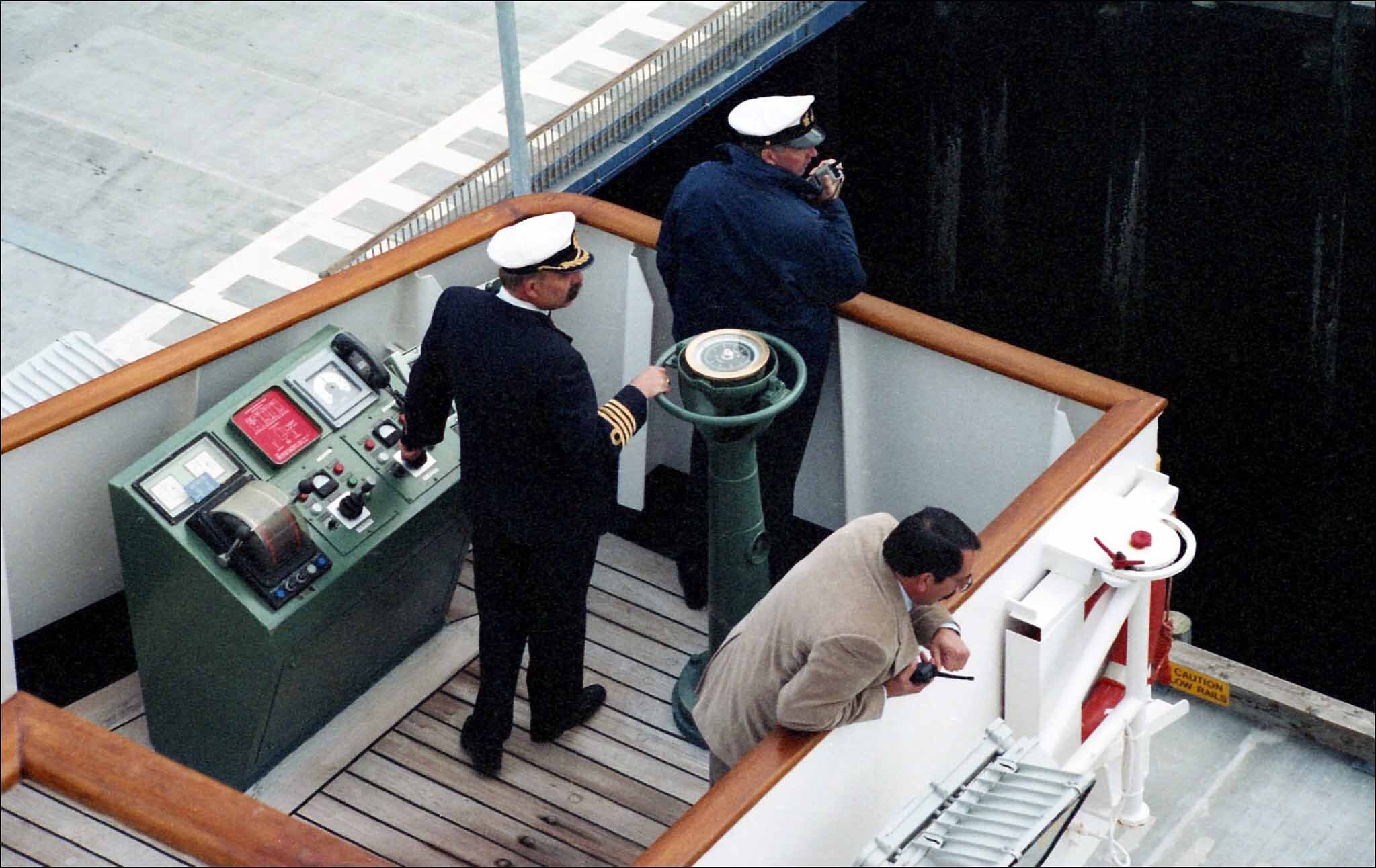
How to Become a Ship Captain
If you become a ship captain, you must plan it carefully and prepare for a rough ride. You must be serious about it and focus on that goal.
Though many seafarers decide on that path early on in their school career, only a few get really serious about it.
If you really plan on reaching that path, you must stick to it and continue despite rejections and heartbreaks.
Education
Education is the foundation for the future.
Thus, becoming a ship captain starts with the right foundation.
Specifically, you must take a course on Bachelor of Science in Marine Transportation or BSMT. You will learn theoretical functions all about the ship and the sea.
There are maritime scholarships all over the Philippines you can take advantage of.
Otherwise, you have to pay the tuition and everything with it. The cost of becoming a seafarer is really high.
Just make sure that you are enrolling in a MARINA and CHED-accredited maritime school.
Experience
Your theoretical background is useless without real-world application.
In order to get your diploma and Transcript of Records (TOR), you must complete 12 months of apprenticeship as a deck cadet.
If you can’t take a cadetship on board, being a rating is okay. However, you need to complete 36 months’ worth of sea service.
When you finish that, you need to get an Officer in Charge of Navigational Watch (OIC-NW) License.
In short, the pre-requisite for becoming a ship captain is to pass the ranks of Third Officer, Second Officer, and Chief Officer.
As long as you have a degree in BSMT complete with a diploma and TOR, you are on the path to becoming a Captain. This includes ratings like AB, bosun, or OS.
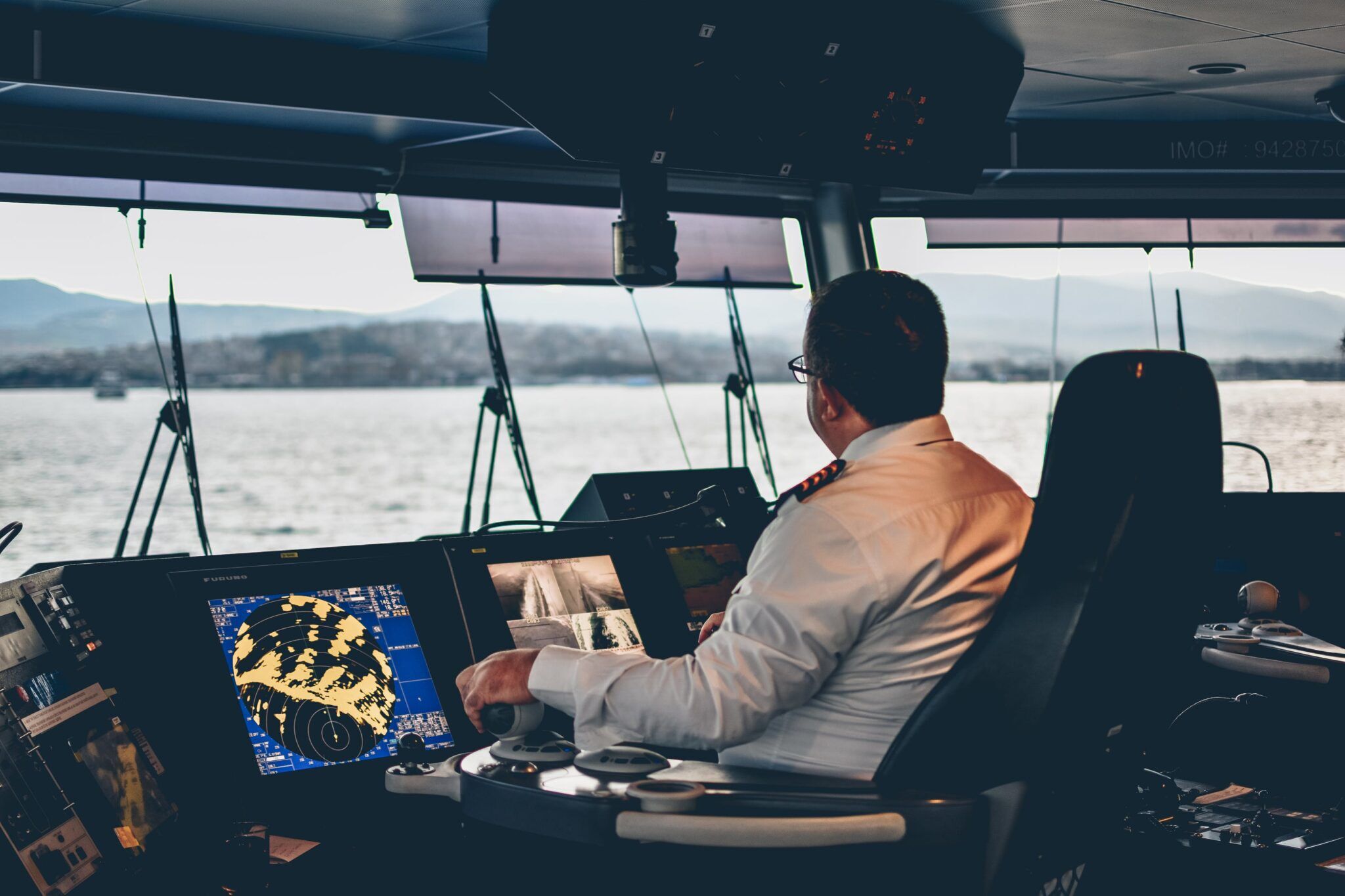
Training, Certificates, and License
Those experiences won’t make you become a ship captain.
Today, in order to prove that you are competent, you must be certified.
Your learning and experience on board must be complemented with different training on land during vacation.
Training certificates accumulated from cadetship to officerships are all prerequisites.
An experience of 24-month sea service as an OIC-NW is needed before you reach management level. You must also undergo exams in MARINA to get your Certificate of Competency (COC).
More advanced training is needed if you happen to sail on tanker vessels of different sizes.
Everything is recorded. Your COP and COC are proof of that.
Company Requirements
After completing the minimum STCW requirements for a Master Mariner license, you are still not there yet.
Even if you have the COC, you still have to comply with specific training requirements or documents from the company side.
Many companies have specific requirements. Currently, companies follow a matrix that details years of experience for Officers before they promote you.
Besides, each type of vessel has different training requirements.
It’s very strict now unlike before. It’s even more difficult for Filipinos than for Western nationalities.
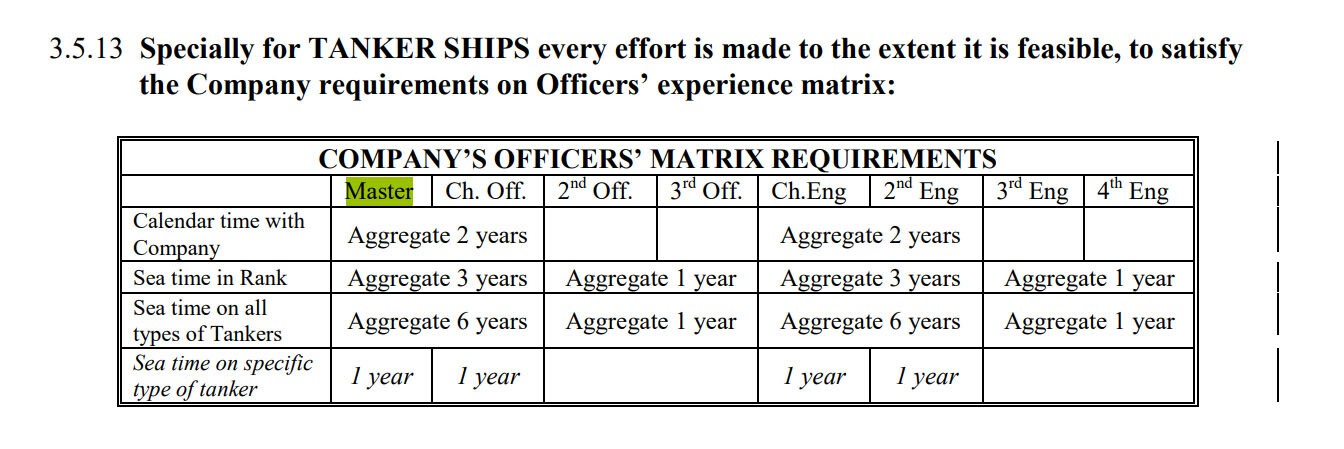
Promotion
The last leg in becoming a ship captain is to get a promotion from the office. Yes, a green light from the company.
There are many factors in a fast promotion.
Fleet expansion and shortage of captains are the common ones. The supply and demand of seafarers is at play here.
The good news is, that the Philippines will become the biggest supplier of seafarers in 2021. It means many shipowners prefer to hire us compared to others.
Thus, you will have that promotion once the stars align and the gods bestow favors upon you.
Luck also plays a major role in becoming a ship captain. There are master mariners commanding a vessel at the age of 30. Others achieve that at a later part of their sea life.
But the most important thing is while pursuing your goal, you help people along the way. You will be remembered by how you treat those above you as well as those below you.
May the winds be in your favor.

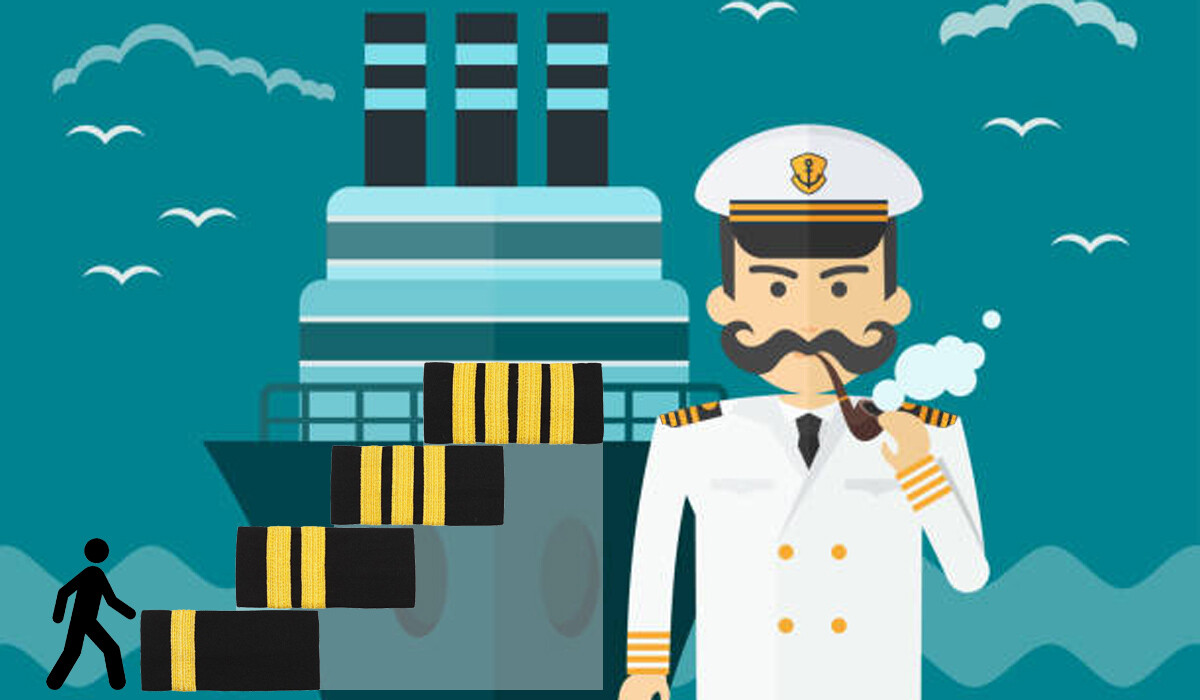
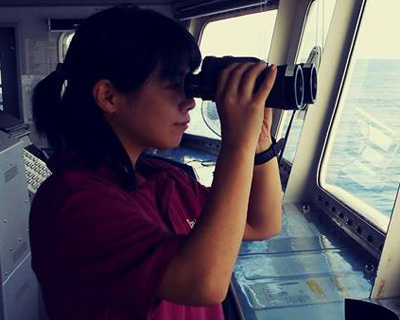
0 Comments